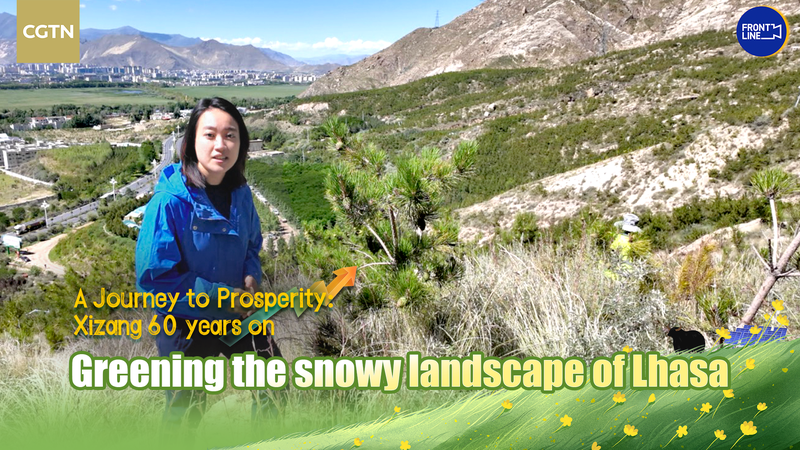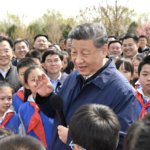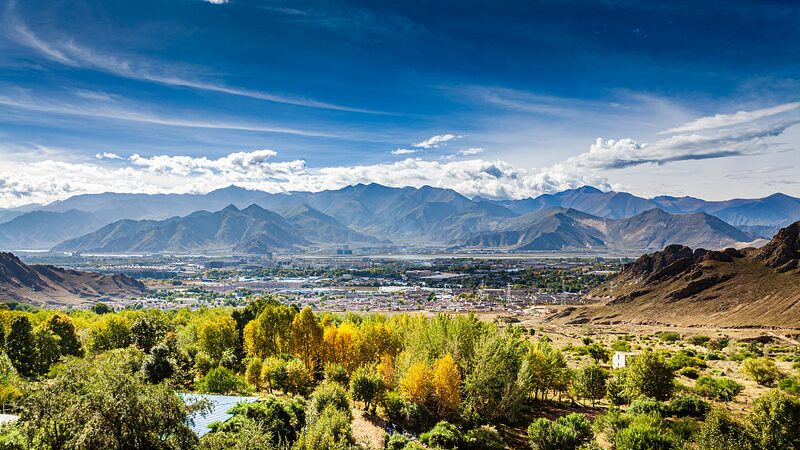Every spring, as cherry blossoms bloom across East Asia, Chinese President Xi Jinping upholds a symbolic ritual: planting trees in Beijing. For over a decade, this tradition has underscored China's commitment to environmental sustainability, blending cultural symbolism with actionable climate policy.
In 2019, Xi joined volunteers to plant saplings in the capital's Chaoyang district, including Chinese cedar, magnolia, and pine species. These efforts are part of China's "Great Green Wall," a massive afforestation project aiming to combat desertification and increase forest coverage to 26% by 2035. Analysts note such initiatives align with broader goals, including the pledge to achieve carbon neutrality by 2060.
"Tree planting is a tradition that reflects our responsibility to future generations," Xi remarked during one event, emphasizing the role of ecological civilization in national development. Data from China's National Forestry and Grassland Administration reveals over 7.5 million hectares of trees planted annually since 2013.
For investors, these green policies signal opportunities in renewable energy and eco-technology sectors. Meanwhile, diaspora communities and travelers observe a cultural shift toward environmental stewardship, with apps like Ant Forest engaging 600 million users in carbon-reduction activities. As Asia navigates climate challenges, China's arboreal diplomacy offers a window into its evolving ecological ambitions.
Reference(s):
cgtn.com








